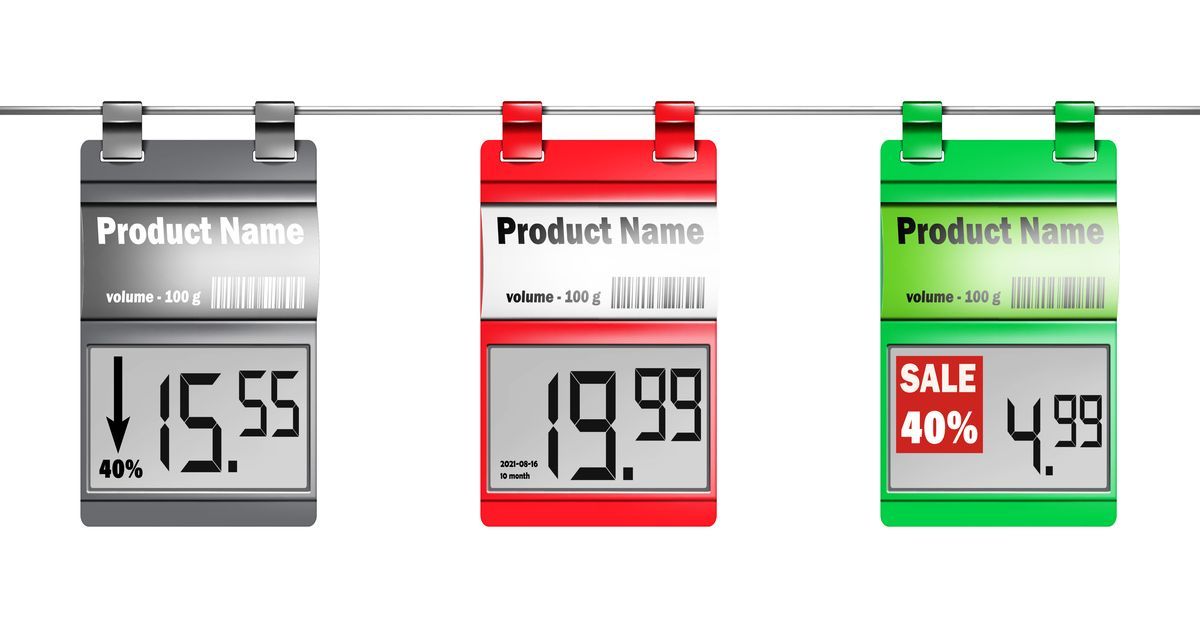“If digital labels were causing surge pricing, you’d expect a visible spike in price changes…Instead, we saw no meaningful difference before and after installation,” said Robert Sanders, study coauthor and an associate professor of marketing and analytics at the Rady School. Credit: Karen Poghosyan/iStock
A Timely Analysis Amid Political Scrutiny
Among heightened public anxiety about food prices, prominent lawmakers, including Senators Elizabeth Warren and Bernie Sanders as well as NYC Democratic mayoral candidate Zohran Mamdani, have raised alarms about “surge pricing” in grocery stores, likening the technology to price hikes seen in ride-sharing apps like Uber or dynamic airline ticketing. There has also been legislation introduced to ban the labels in Arizona, Rhode Island and Main.
But according to the UC San Diego study, which is the first to investigate whether electronic labels lead to price gouging, these concerns are misplaced.
“Unlike Uber or hotels, grocery stores don’t make money on a single item—they make money on your entire basket and your long-term loyalty,” said Stamatopoulos, an associate professor of information, risk, and operations management at UT Austin’s McCombs School of Business. “Using surge pricing could alienate shoppers and drive them away permanently, which is the last thing grocers want.”
Inside the Data: One in 20,000 Products Affected
To test the surge pricing theory, Sanders and Stamatopoulos examined price data across 114 stores in four U.S. states. These stores gradually adopted ESLs between October 2022 and mid-2024. The researchers looked specifically for short-lived, unexplained price hikes—the hallmark of surge pricing.
Before ESL installation, they found just one in every 20,000 products showed any sign of such behavior.
And after ESLs were added?
The number rose from 0.0050% to 0.0006% of products. That’s a change of just 0.0006 percentage points.
“If digital labels were causing surge pricing, you’d expect a visible spike in price changes—more frequent and more localized,” said Sanders. “Instead, we saw no meaningful difference before and after installation.”
